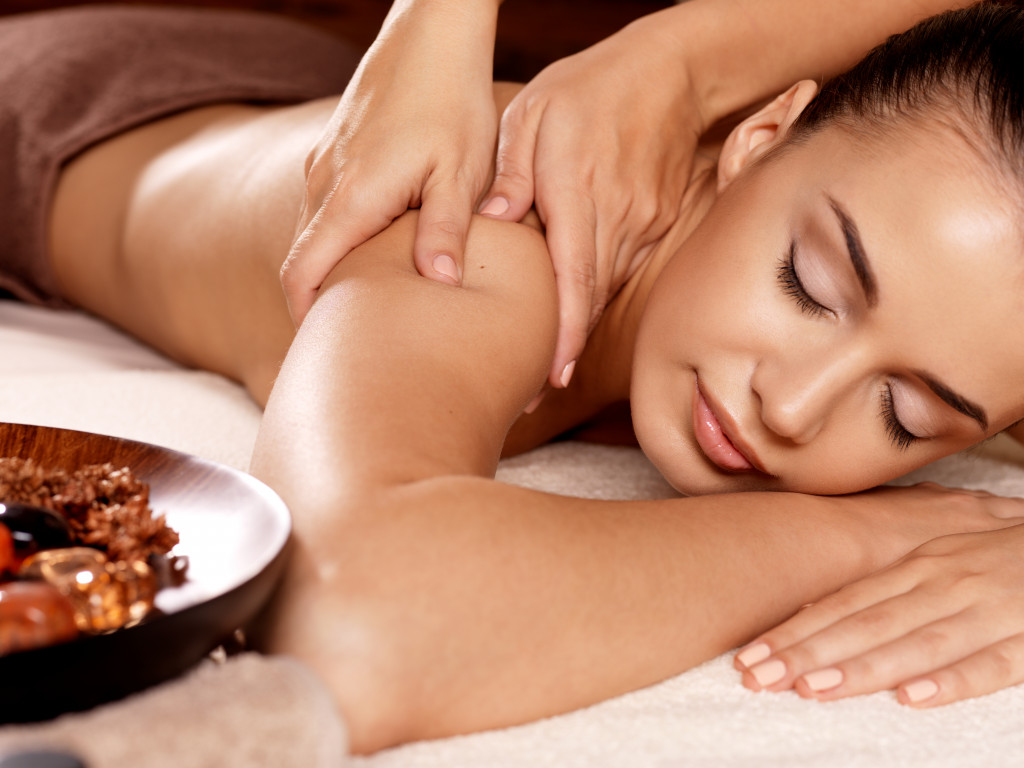- You should consult professional service providers periodically to check the facility’s lines, filters, and other vital areas.
- You should follow proper cleaning procedures to ensure all surfaces are properly sanitized.
- It would help if you used disinfectants and sanitizers on all surfaces by the manufacturer’s instructions.
- Linens and towels should be laundered regularly using hot water, bleach, and a disinfectant approved for laundry machines.
Maintaining a spa’s cleanliness is essential for providing customers with a safe and enjoyable experience. A well-maintained spa can also help to prevent the spread of germs, bacteria, and other pathogens that could cause illness or infection. Keeping the spa clean involves more than just wiping down surfaces with disinfectant; it requires attention to detail in all areas of operations.
From proper cleaning techniques to hygiene protocols, there are many steps to ensure the spa remains hygienic. This article will discuss maintaining spa cleanliness by focusing on crucial aspects such as sanitation procedures, product selection and storage, and staff training.
Regular Maintenance & Repairs
Regular maintenance and repairs are vital to keeping a clean spa and are highly recommended. Professional service providers have specialized tools and will check the lines, pumps, filters, and other essential areas.
Hiring a professional septic tank pumper periodically is also a great way of avoiding a potential backup in your spa or pool. Not only can they pump the tank, but they can also offer some helpful advice about maintaining your tank correctly throughout the year.
Cleaning Procedures
Product Selection and Storage
Regarding spa cleanliness, proper product selection and storage are critical. For product selection, spa owners must ensure that the products they select meet quality standards and that they are specially formulated to address the specific needs of their area, whether it be a pool, hot tub, or Jacuzzi.
Additionally, as part of selecting approved chemicals for use in the spa facility, checking for expiry dates and keeping a record of where each chemical came from is essential. Furthermore, once the correct products have been selected, you must implement proper storage practices to guarantee that all chemicals are stored in a cool and dry environment away from direct sunlight. Finally, be sure all containers have legible labels with instructions on their application and safety measures regarding their usage.
Staff Training
Staff training is an essential component of keeping any spa clean and safe. Especially in the wake of the COVID pandemic, it is more vital than ever for spa owners to ensure that their establishment is following proper protocols.
During staff training, it’s important to emphasize the importance of proper sanitation and hygiene practices, like sanitizing all surfaces frequently, washing hands regularly, and consistently wearing protective face-covering or masks. It’s also crucial for employees to understand what signs to look for when monitoring customers for any potential illnesses or sicknesses.
Furthermore, spa owners should emphasize the critical community standards being put into place, such as distancing protocols, one-way entrances/exits, no-contact bookings/payments, and limited times in common areas such as lounge areas. Lastly, all staff members must be repeatedly reminded of the importance of informing customers – both verbally and physically with signage – about the cleanliness protocols being used in the spa.
Hygiene Protocols

Proper hygiene protocols in a spa are essential for creating an inviting and sanitary atmosphere. Daily cleaning should include dusting, vacuuming, and mopping the floors. Staff should also ensure all surfaces are wiped with the right cleaning agent to kill germs and bacteria.
Furthermore, properly training staff on safe cleaning techniques can help reach higher standards of cleanliness. For example, spa workers should wash their hands often and wear appropriate protective gear when working with clients.
Disinfectants & Sanitizers
Ensuring spa cleanliness is no easy task. However, it can be made easier with the proper use of disinfectants and sanitizers. It’s important to know that disinfectants use chemicals to kill germs on surfaces. At the same time, sanitizers help reduce germs by decreasing their ability to reproduce and spread infection.
To properly use these products in a spa setting, one should clean surfaces with soap and water before applying a disinfectant or sanitizer. Then, follow the manufacturer’s instructions carefully when using the product, taking necessary precautions to avoid contact with the eyes or skin.
Lastly, let the solution sit on the surface for the designated amount of time before wiping it off — this is especially important for disinfectants as they need time to work to be effective.
Linens & Towels

Cleaning linens and towels is essential for maintaining spa cleanliness. Proper cleaning should include regular laundering with hot water, bleach, and a disinfectant approved for laundry machines. Regular usage of a commercial washing detergent designed specifically for hot tubs and spas can also help extend the life of towels and linens while preventing any build-up of bacteria or other organisms that could cause health problems.
To ensure that the linen and towels stay clean, they should be given enough time to dissolve all the soap before they are put into the drying cycle. Not only would this eliminate residual soapiness, but it would also reduce lint on items used within spas. Finally, drying and properly storing towels right after every use can drastically reduce a spa’s potential hygiene issues related to its linens and towels.
These are the key steps to take to guarantee that your spa remains clean and hygienic at all times. With proper maintenance and hygiene protocols, you can provide a safe and enjoyable experience for customers while helping to prevent the spread of germs and infections.

